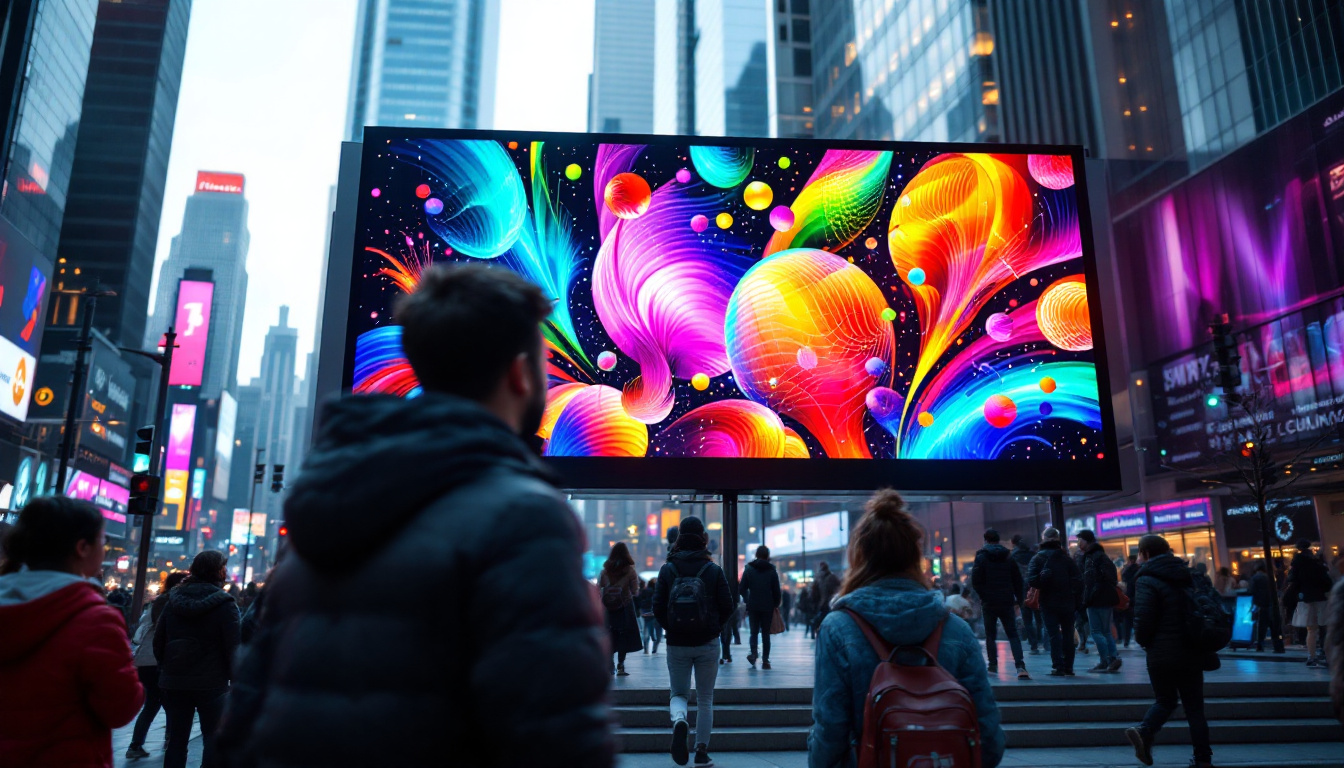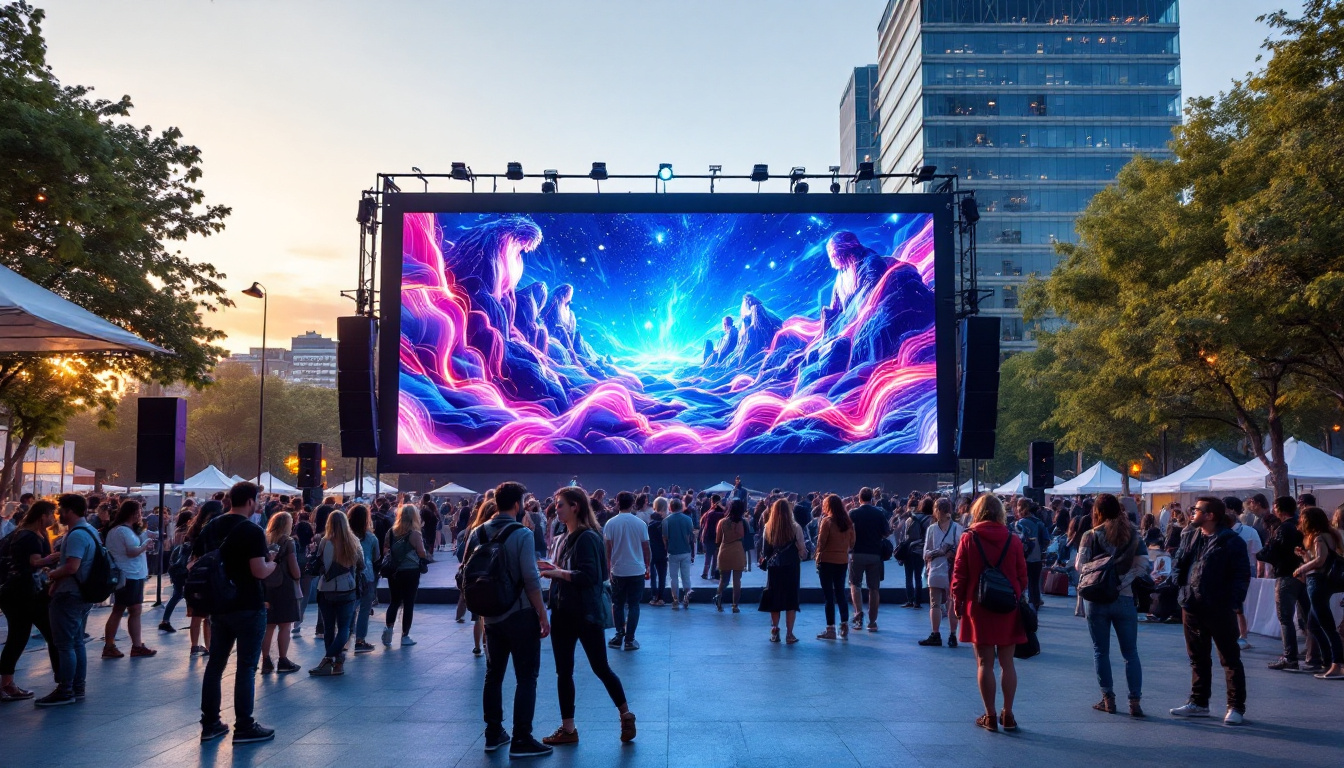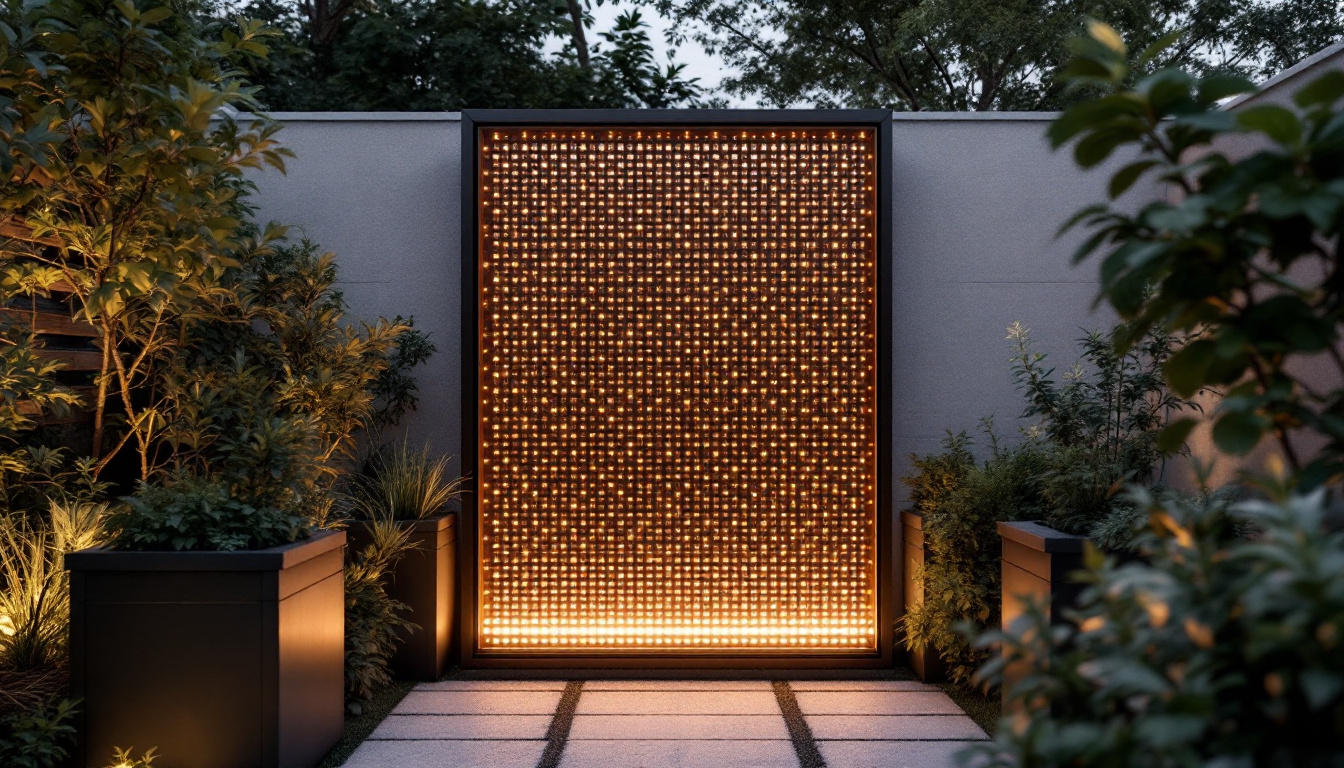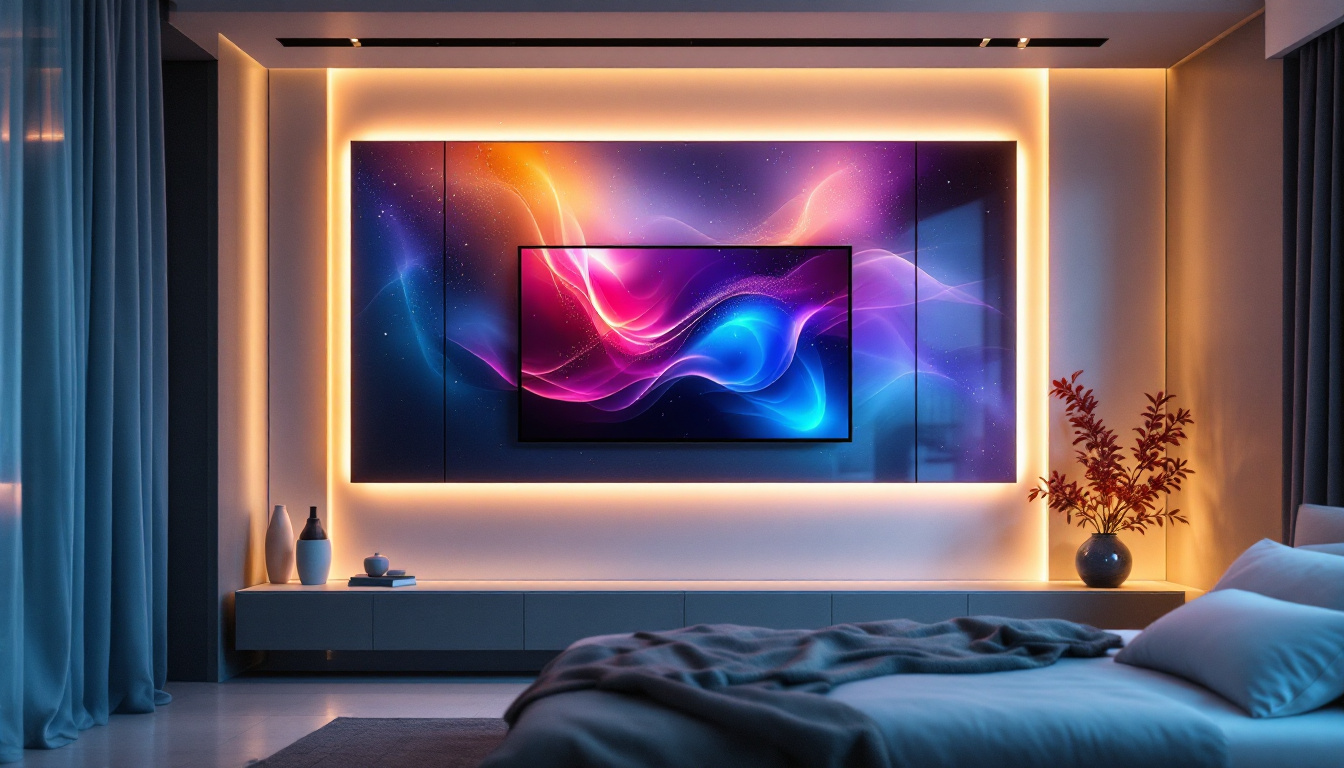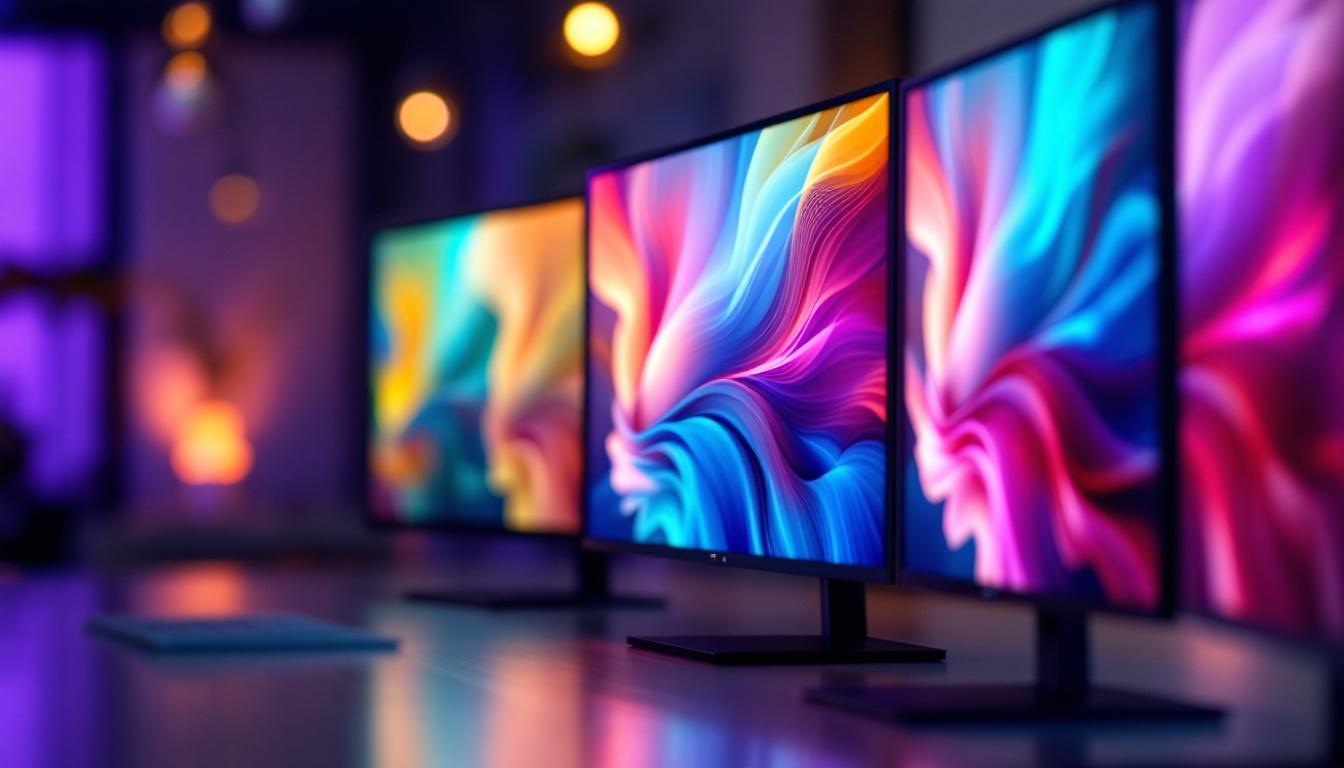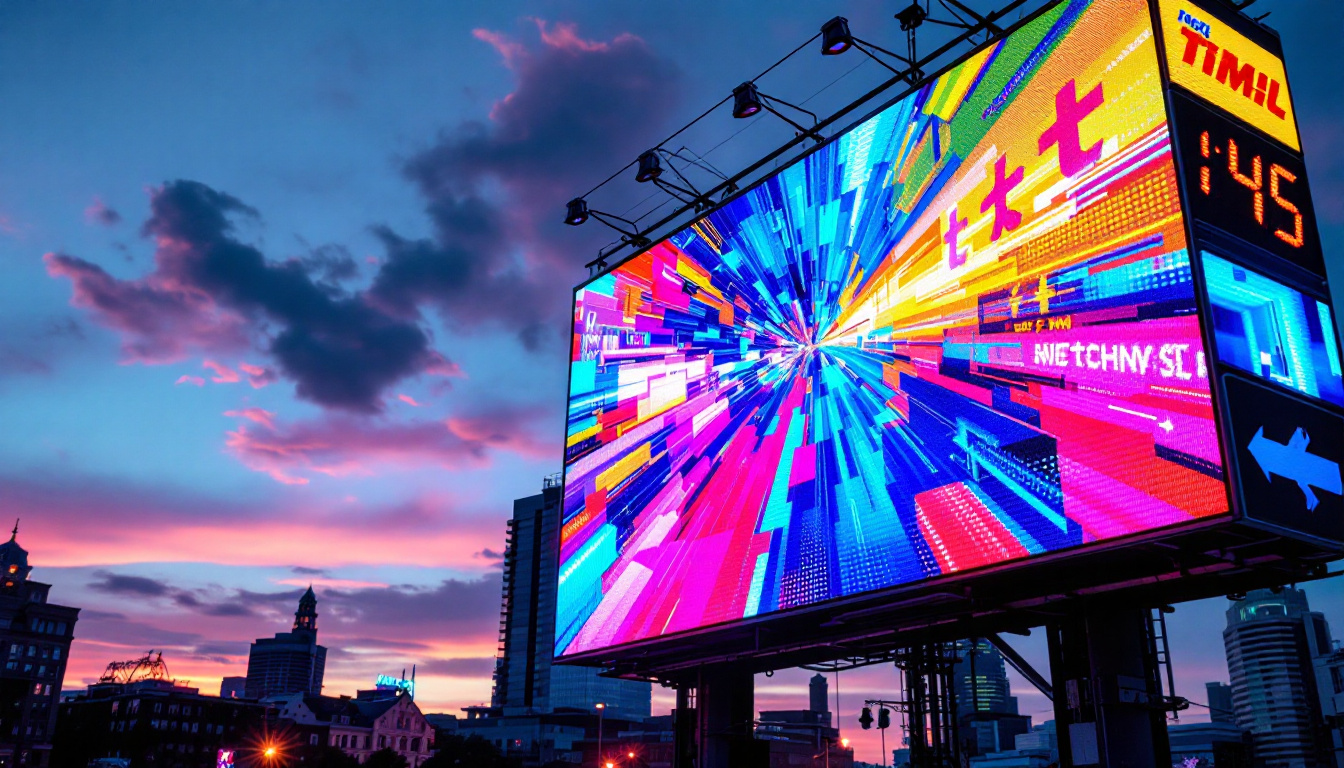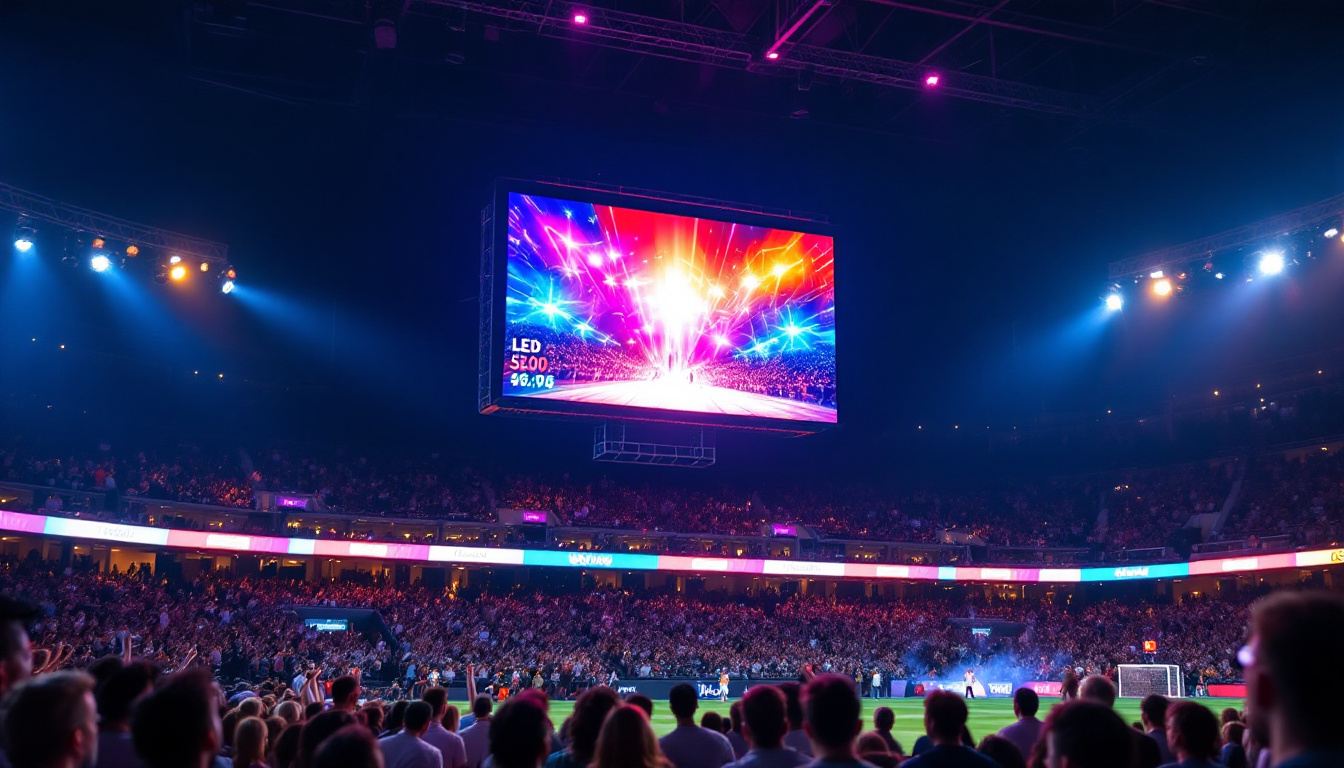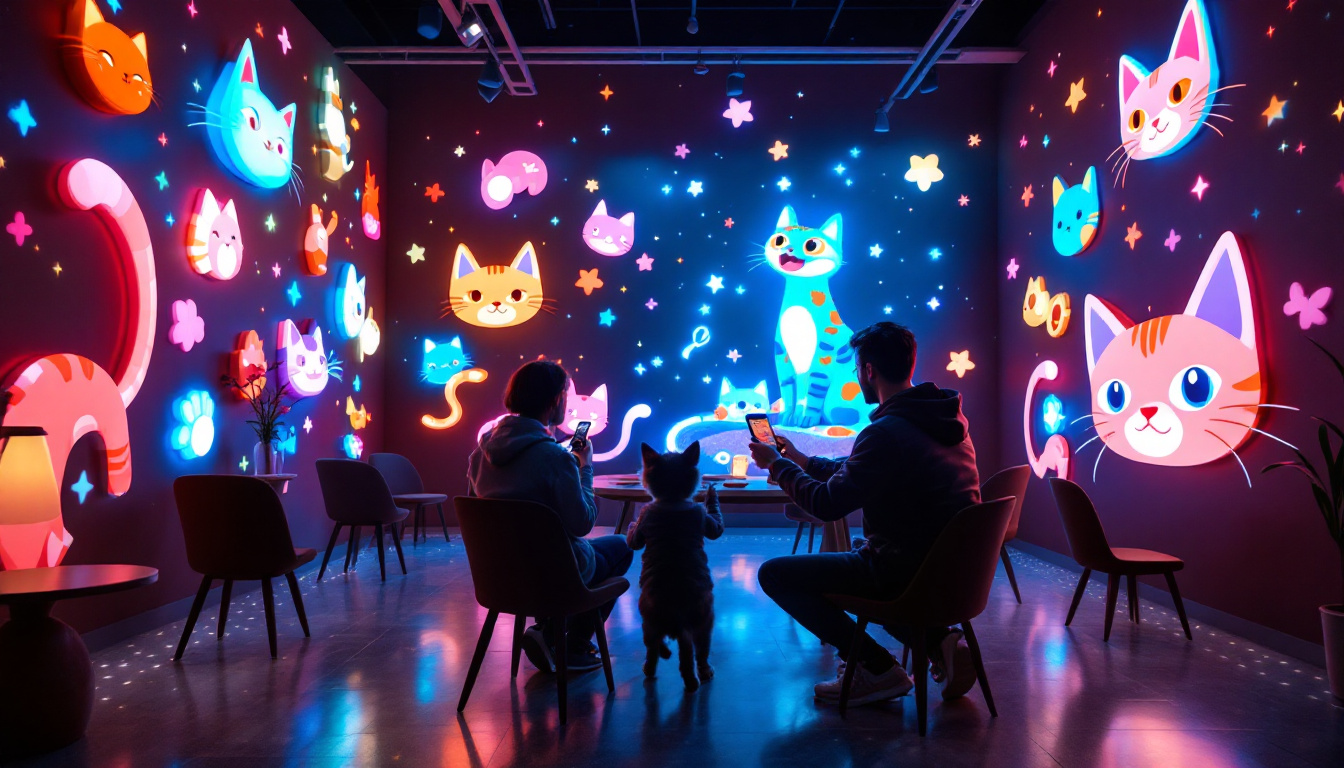Large Curved Screen TV: LED Display Explained
In recent years, the television market has witnessed significant innovations that have transformed the way viewers experience entertainment. Among these advancements, large curved screen TVs with LED displays have gained remarkable popularity. Combining immersive design with cutting-edge technology, these televisions offer a viewing experience that is both visually stunning and functionally superior. This article delves into the world of large curved screen LED TVs, explaining their technology, benefits, and considerations to help consumers make informed choices.
Understanding LED Display Technology
What is an LED Display?
LED, or Light Emitting Diode, technology is a type of display used in modern televisions that utilizes tiny diodes to emit light and create images. Unlike traditional LCD screens that rely on fluorescent backlighting, LED TVs use LEDs as their light source, which allows for thinner panels, better energy efficiency, and improved picture quality.
There are two main types of LED backlighting: edge-lit and full-array. Edge-lit LED TVs position LEDs around the edges of the screen, using light guides to illuminate the display. Full-array LED TVs, on the other hand, have LEDs distributed evenly behind the entire screen, enabling more precise control of brightness and contrast through local dimming. This local dimming capability allows for deeper blacks and brighter whites, enhancing the overall dynamic range of the display. As a result, viewers can enjoy a more lifelike and vibrant picture, making LED technology a popular choice for both casual viewers and avid gamers alike.
Additionally, advancements in LED technology have led to the development of OLED (Organic Light Emitting Diode) displays, which take the concept further by allowing each pixel to emit its own light. This results in even greater contrast ratios and color accuracy, as OLED screens can achieve true blacks by turning off individual pixels completely. The competition between LED and OLED technologies continues to drive innovation in the display market, giving consumers a wide range of options to choose from based on their preferences and viewing habits.
How Does Curved Screen Technology Work?
Curved screen TVs feature displays that are slightly bent inward, creating a concave shape. This design aims to enhance the viewer’s immersion by matching the natural curvature of the human eye. The curvature helps reduce distortion and glare, providing a more uniform viewing distance from the center to the edges of the screen. By creating a more expansive field of view, curved screens can make viewers feel as though they are part of the action, particularly in cinematic experiences where the visual elements are designed to envelop the audience.
Typically, large curved TVs have a curvature radius measured in millimeters, such as 1800R or 3000R, where a smaller number indicates a more pronounced curve. The curvature is optimized for typical viewing distances, ensuring that viewers sitting directly in front of the screen enjoy a more enveloping and comfortable visual experience. Moreover, curved screens can also improve the overall aesthetics of a room, offering a sleek and modern look that stands out compared to traditional flat screens. As technology continues to evolve, manufacturers are experimenting with varying degrees of curvature and screen sizes to cater to diverse consumer preferences, further enhancing the appeal of curved display technology.
Advantages of Large Curved Screen LED TVs
Enhanced Immersion and Viewing Comfort
One of the primary reasons consumers opt for large curved screen TVs is the immersive experience they provide. The curvature wraps the image around the viewer’s field of vision, making movies, sports, and gaming feel more engaging. This effect is particularly noticeable on screens 55 inches and larger, where the curve can significantly enhance depth perception and spatial awareness.
Moreover, curved screens can reduce eye strain during extended viewing sessions. By maintaining a consistent focal distance across the screen, the eyes do not have to constantly adjust focus, which can make watching TV more comfortable over time.
Improved Contrast and Reduced Glare
Curved LED TVs can offer better contrast ratios compared to flat screens. The curve helps direct reflected ambient light away from the viewer, minimizing glare and reflections that can wash out the picture. This is especially beneficial in brightly lit rooms or when natural light is present.
Additionally, full-array LED backlighting with local dimming enhances contrast by selectively dimming parts of the screen to deepen blacks and brighten highlights. When combined with a curved design, these TVs deliver a richer and more vibrant image quality.
Wide Viewing Angles and Uniform Picture Quality
Large curved LED TVs are designed to provide consistent picture quality across a wide range of viewing angles. The curve helps maintain uniform brightness and color accuracy from different seating positions, reducing the “washed out” effect often seen on flat screens when viewed from the side.
For families or groups watching together, this means everyone can enjoy a high-quality image regardless of where they sit in the room, making curved TVs a practical choice for living rooms and entertainment spaces.
Key Considerations When Choosing a Large Curved Screen LED TV
Optimal Viewing Distance and Room Size
While curved TVs offer many benefits, their design is optimized for specific viewing distances. Sitting too close or too far from the screen can diminish the immersive effect or cause distortion. For instance, a 65-inch curved TV with a 1800R curvature radius is best viewed from about 8 to 10 feet away.
Room layout and seating arrangements should be considered carefully. In smaller rooms, a large curved TV might feel overwhelming or cause discomfort, whereas in larger rooms, it can provide a cinematic experience that fills the space.
Potential Viewing Angle Limitations
Although curved TVs improve viewing angles compared to flat screens, they are most effective when viewed head-on. Sitting off to the side can sometimes introduce slight distortions or color shifts, especially with more pronounced curves. This makes them less ideal for rooms where viewers frequently watch from wide angles.
For households where multiple people watch from different positions simultaneously, a flat LED TV might sometimes be preferable. However, recent advancements in panel technology have mitigated many of these concerns.
Price and Availability
Large curved screen LED TVs tend to be priced higher than their flat counterparts due to the complexity of manufacturing curved panels and integrating advanced backlighting technologies. Consumers should weigh the cost against the benefits of enhanced immersion and picture quality.
Moreover, while curved TVs were once a niche product, they are now widely available from major manufacturers in various sizes and price ranges. It is advisable to compare models, read reviews, and consider after-sales support when making a purchase.
Comparing Curved LED TVs with Other Display Technologies
Curved LED vs. OLED TVs
Organic Light Emitting Diode (OLED) TVs are renowned for their perfect blacks, infinite contrast ratios, and wide viewing angles. Unlike LED TVs, OLEDs emit light from individual pixels, allowing for precise control over brightness and color.
While curved OLED TVs exist, they are less common and typically more expensive. LED TVs, especially those with full-array local dimming, still offer excellent brightness levels and are generally more affordable. For viewers prioritizing brightness and cost-effectiveness, large curved LED TVs remain a compelling choice.
Curved LED vs. Flat LED TVs
Flat LED TVs have been the standard for many years and continue to dominate the market. They are versatile, generally less expensive, and easier to mount on walls. However, they lack the immersive curvature that enhances depth perception and reduces glare.
For users who value cinematic immersion and viewing comfort, especially on larger screens, curved LED TVs provide a distinct advantage. Conversely, for multi-viewer households or wall-mounted setups, flat LED TVs might be more practical.
Future Trends in Large Curved Screen LED TVs
Advancements in Mini-LED and Micro-LED Technology
Emerging backlighting technologies such as Mini-LED and Micro-LED are revolutionizing LED TVs by offering even greater contrast, brightness, and color accuracy. Mini-LEDs use thousands of tiny LEDs to provide finer local dimming zones, while Micro-LEDs integrate microscopic LEDs directly into the display panel.
These innovations are expected to be incorporated into curved screen TVs, further enhancing picture quality and energy efficiency. Consumers can look forward to more vibrant, detailed, and immersive viewing experiences in the near future.
Integration with Smart Features and AI
Modern large curved LED TVs increasingly incorporate smart technology, including voice control, AI-driven picture optimization, and seamless connectivity with other devices. These features enhance usability and allow the TV to adapt to different content types and ambient conditions automatically.
As smart home ecosystems evolve, curved LED TVs will likely become central hubs for entertainment, communication, and information, blending advanced display technology with intelligent software.
Conclusion
Large curved screen LED TVs represent a significant step forward in television technology, combining innovative design with powerful LED display capabilities. Their ability to deliver immersive viewing experiences, improved contrast, and comfortable viewing angles makes them an attractive option for enthusiasts and casual viewers alike.
However, selecting the right curved LED TV requires careful consideration of factors such as room size, viewing distance, and budget. By understanding the underlying technology and weighing the advantages against potential limitations, consumers can find a television that not only fits their space but also elevates their entertainment experience.
As display technology continues to evolve, large curved screen LED TVs are poised to remain a popular choice, offering a blend of style, performance, and innovation that meets the demands of modern viewers.
Discover the Future of Visual Entertainment with LumenMatrix
Ready to elevate your viewing experience with the latest in LED display technology? LumenMatrix invites you to explore our comprehensive range of LED display solutions, designed to bring your entertainment and visual communication to life. From the comfort of your home to the vibrancy of outdoor settings, our Indoor and Outdoor LED Wall Displays, along with specialized options like Vehicle, Sports, and Floor LED Displays, ensure unparalleled clarity and engagement. Experience the revolution in visual storytelling with our Custom, All-in-One, and Transparent LED Displays. Check out LumenMatrix LED Display Solutions today and transform your space into a hub of cutting-edge visual delight.



